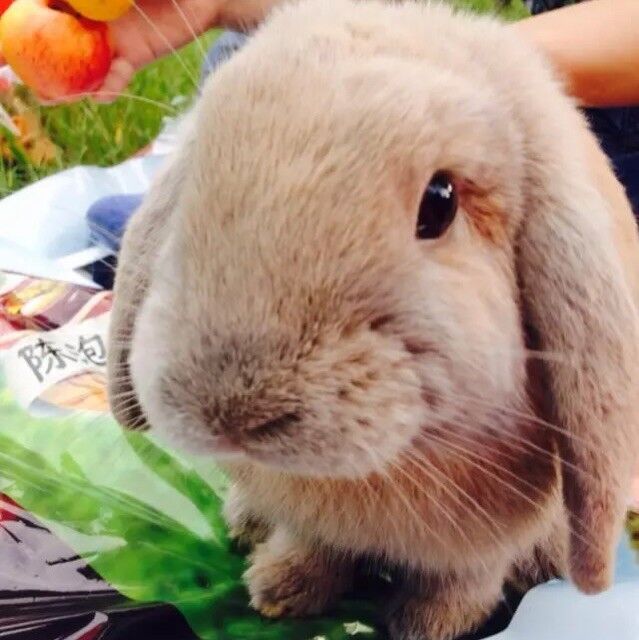2020 食品分析(浙江大学) 最新满分章节测试答案
- 第一章 绪论 第一章绪论 测验
- 【作业】第一章 绪论 第一章绪论 课后作业
- 第二章 样品采集、准备、处理和储藏 第二章样品采集、准备、处理和储藏 测验
- 【作业】第二章 样品采集、准备、处理和储藏 第二章样品采集、准备、处理和储藏 课后作业
- 第三章 水分和灰分分析 第三章水分和灰分分析 测验
- 【作业】第三章 水分和灰分分析 第三章水分和灰分分析 课后作业
- 第四章 脂质分析 第四章脂质分析 测验
- 第五章 酸度分析 第五章酸度分析 测验
- 第六章 蛋白质和氨基酸分析 第六章蛋白质和氨基酸分析 测验
- 第七章 碳水化合物分析 第七章碳水化合物分析 测验
- 第八章 维生素分析 第八章维生素分析 测验
- 第九章 食品添加剂分析 第九章食品添加剂分析 测验
- 第十章 农药、兽药、渔药残留分析 第十章农药、兽药、渔药残留分析 测验
- 第十一章 生物毒素分析 第十一章生物毒素分析 测验
- 第十二章 重金属分析 第十二章重金属分析 测验
- 第十三章 包装迁移物和加工过程有害物质分析 第十三章包装迁移物和加工过程有害物质分析 测验
- 【作业】第四章 脂质分析 第四章脂质分析 课后作业
- 【作业】第五章 酸度分析 第五章酸度分析 课后作业
- 【作业】第六章 蛋白质和氨基酸分析 第六章蛋白质和氨基酸分析 课后作业
- 【作业】第七章 碳水化合物分析 第七章碳水化合物分析 课后作业
- 【作业】第八章 维生素分析 第八章维生素分析 课后作业
- 【作业】第九章 食品添加剂分析 第九章食品添加剂分析 课后作业
- 【作业】第十章 农药、兽药、渔药残留分析 第十章农药、兽药、渔药残留分析 课后作业
- 【作业】第十一章 生物毒素分析 第十一章生物毒素分析 课后作业
- 【作业】第十二章 重金属分析 第十二章重金属分析 课后作业
- 【作业】第十三章 包装迁移物和加工过程有害物质分析 第十三章包装迁移物和加工过程有害物质分析 课后作业
本答案对应课程为:点我自动跳转查看
本课程起止时间为:2020-12-31到2021-02-25
第一章 绪论 第一章绪论 测验
小提示:本节包含奇怪的同名章节内容
1、 问题:What is the main content of food analysis?
选项:
A:Nutritional Ingredients
B:Food Additives
C:Food Contamination
D:Food Sensory Evaluation
答案: 【Nutritional Ingredients】
2、 问题:Special instrument analysis technologies do not include:
选项:
A:Oven
B:Food fiber pumping equipment
C:Lipid analyzer
D:pH meter
答案: 【Oven】
3、 问题:What is the role of food analysis?
选项:
A: Food producer
B:Food regulator
C:Food consumer
D:Food developer
答案: 【 Food producer;
Food regulator;
Food consumer;
Food developer】
4、 问题:What is the development trend of food analysis?
选项:
A:Laboratory modern instrument analysis technology
B:Special instrument analysis technology
C:Expensive instrument analysis technology
D:On-site analysis and non-destructive testing technology
答案: 【Laboratory modern instrument analysis technology;
Special instrument analysis technology;
On-site analysis and non-destructive testing technology】
5、 问题:The International AOAC is the worldwide standardization organization of the Official Chemists Association.
选项:
A:正确
B:错误
答案: 【错误】
分析:【应为Association of Official Analytical Chemists】
6、 问题:The research contents of food analysis include safety, nutrition, acceptability, and ____.
答案: 【functionality】
7、 问题:The four aspects of the structure of gas chromatography include gas path, sampling, ____, detecting system.
答案: 【temperature control】
8、 问题:Methods of food analysis include sensory evaluation, ____ analysis, enzymatic analysis, microbiological analysis, and instrumental analysis.
答案: 【chemical】
9、 问题:Which of the following is National Food Safety Standard for Uses of Food Additives?
选项:
A:GB2760
B:GB2761
C:GB2762
D:GB2763
答案: 【GB2760】
10、 问题:Which of the following substances is not a food additive?
选项:
A:Vitamin C
B:Sorbitol
C:Lean meat powder
D:Acesulfame
答案: 【Lean meat powder】
11、 问题:Which of the following substances cannot be added to food?
选项:
A: salt
B:Sudan red
C:water
D:cooking oil
答案: 【Sudan red】
12、 问题:Which of the following are food pollutants?
选项:
A:Heavy metal
B:Harmful substances formed in food processing
C:Pesticides
D:Bacteria
答案: 【Heavy metal;
Harmful substances formed in food processing;
Pesticides;
Bacteria】
13、 问题:What does the nutrition facts list contain?
选项:
A: water
B: fat
C:the amino acid
D:Vitamin D
答案: 【 water;
fat;
the amino acid;
Vitamin D】
14、 问题:Heavy metals are not harmful ingredients in food.
选项:
A:正确
B:错误
答案: 【错误】
15、 问题:Can sensory analysis be combined with instrumental analysis to obtain complete information about product quality?
选项:
A:正确
B:错误
答案: 【正确】
16、 问题:Food sensory evaluation uses the functions of human sensory organs to test the color 、____ and organizational status of food.
答案: 【fragrance】
【作业】第一章 绪论 第一章绪论 课后作业
1、 问题:What is Real-time testing? What is Offline testing? Please give differences between the above two.
评分规则: 【 给出Real-time testing准确定义
给出Offline testing准确定义
清晰表达出两种检测方式的区别
语言表达准确,有列举例子
】
第二章 样品采集、准备、处理和储藏 第二章样品采集、准备、处理和储藏 测验
小提示:本节包含奇怪的同名章节内容
1、 问题:The source of systematic error does not include
选项:
A:The scale of the container is not accurate.
B: There are shortcomings in the measurement method.
C:Changes in experimental conditions.
D:Impure reagents.
答案: 【Changes in experimental conditions.】
2、 问题:For liquid and semi-solid samples such as vegetable oil and wine, the smaller the sampling amount, the better.
选项:
A:正确
B:错误
答案: 【正确】
3、 问题:When evaluating analysis results, we should first examine its precision and then its accuracy.
选项:
A:正确
B:错误
答案: 【错误】
4、 问题:Random errors cannot be reduced or eliminated by correction methods, so they are uncontrollable.
选项:
A:正确
B:错误
答案: 【错误】
5、 问题:When measuring viscous sample liquid, it is advisable to use a density bottle with capillary.
选项:
A:正确
B:错误
答案: 【正确】
6、 问题:The better the precision of the measurement result, the higher its accuracy.
选项:
A:正确
B:错误
答案: 【错误】
7、 问题:For pile-shaped loose-grained samples, a double-set rotary sampling tube should be used to insert samples around a pile of samples and at the top, middle, and bottom of the top part.
选项:
A:正确
B:错误
答案: 【正确】
8、 问题:The general procedures of food analysis include sample collection, preparation, pretreatment, sample inspection, and result calculation.
选项:
A:正确
B:错误
答案: 【正确】
9、 问题:The sampling methods include ____ sampling and representative sampling.
答案: 【(以下答案任选其一都对)random;
probability】
10、 问题:Sampling is generally divided into three steps, and the samples obtained are (multiple selection).
选项:
A:Test samples
本文章不含期末不含主观题!!
本文章不含期末不含主观题!!
支付后可长期查看
有疑问请添加客服QQ 2356025045反馈
如遇卡顿看不了请换个浏览器即可打开
请看清楚了再购买哦,电子资源购买后不支持退款哦


